
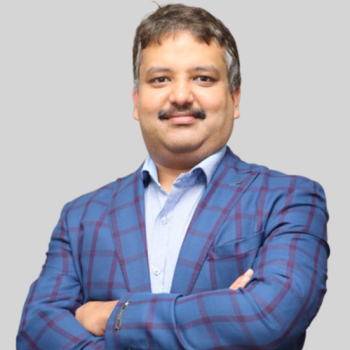
Dec 2017 - Present: Consultant plastic and cosmetic surgeon - Venlakh Hospital
Dec 2018 - Present- Consultant plastic and cosmetic surgeon - Sri Shankara Cancer Foundation
Dec 2018 - Present - Consultant plastic and cosmetic surgeon- Fortis Healthcare Bangalore
Dec 2018 - Present - Consultant Plastic and Cosmetic surgeon- Nypunya Plastic Surgery pvt ltd
Dec 2018 - Present - Consultant plastic and cosmetic surgeon
Rangadore Memorial Hospital
Area of Expertise:
• Labiaplasty
• Gender Reassignment
• Tattoo Removal
• Dermal Fillers
• Hair Transplant
• Hair PRP
• Breast Lift
• Reduction Mammoplasty (Breast Reduction Surgery)
• Breast Augmentation
• Buccal Fat Removal (Buccal Lipectomy)
• Liposuction
• Rhinoplasty
Aesthetic and reconstructive surgery can address a wide range of body injuries and conditions. This includes repairing damage from accidents, congenital defects, and other trauma. The goal is to restore both function and appearance, improving the patient's quality of life and confidence.
Burns, wounds, bedsores, and scars often require specialized care to heal properly and minimize disfigurement. Reconstructive surgery can help by grafting skin, using advanced wound care techniques, and employing cosmetic procedures to reduce the visibility of scars, thus aiding in both functional recovery and aesthetic improvement.
Hand injuries and conditions, such as fractures, tendon injuries, and congenital deformities, can significantly impact daily activities. Reconstructive surgery aims to restore the functionality and appearance of the hands, using techniques like microsurgery, tendon repair, and joint reconstruction to ensure optimal outcomes.
Surgery for head and neck tumors and cancer often necessitates reconstructive procedures to restore appearance and function after tumor removal. This can include complex techniques like free flap surgery, where tissue from another part of the body is used to reconstruct affected areas, ensuring the best possible cosmetic and functional results.
Jaw problems, such as misalignment, trauma, or congenital defects, can affect chewing, speaking, and appearance. Reconstructive surgery, including orthognathic surgery, can correct these issues by realigning the jaw, repairing fractures, or addressing congenital anomalies, thereby improving both function and aesthetics.
After breast cancer surgery, reconstructive surgery can help restore the natural appearance of the breast. Options include implants, flap reconstruction using the patient's tissue, and oncoplastic surgery that combines tumor removal with cosmetic techniques. These procedures play a crucial role in the emotional and physical recovery of breast cancer patients.
Tissue transfer or transplant involves moving tissue from one part of the body to another to reconstruct damaged areas. This can include skin grafts, flap surgery, and microvascular techniques where blood vessels are reconnected under a microscope. These advanced procedures are essential for repairing complex defects, ensuring both functional and aesthetic restoration.
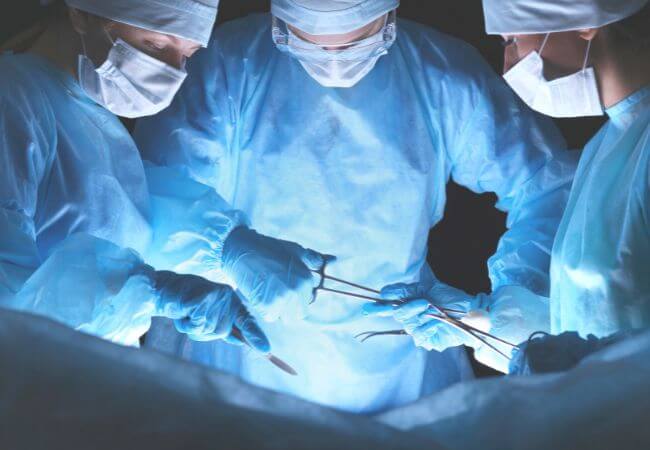
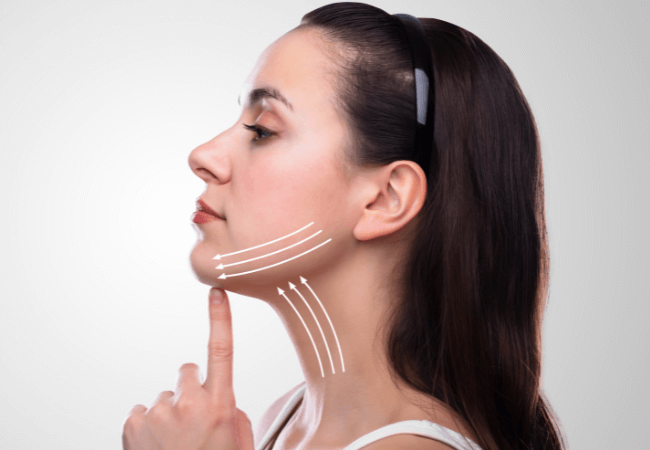
Rhinoplasty, commonly known as a nose job, reshapes the nose to improve appearance or function. This procedure can correct issues like a crooked nose, bumps, or breathing difficulties, providing a more balanced facial profile and enhancing overall facial harmony.
A facelift, or rhytidectomy, is a procedure that tightens and lifts sagging skin on the face and neck. This surgery addresses signs of aging such as wrinkles, jowls, and loose skin, resulting in a more youthful and refreshed appearance.
A brow lift, or forehead lift, elevates drooping eyebrows and smooths forehead wrinkles. This procedure helps to create a more youthful and rested appearance by reducing the heavy, tired look that can result from low or sagging brows.
Otoplasty, or ear surgery, corrects deformities and improves the appearance of the ears. This procedure can pin back protruding ears, reshape irregular ear structures, and address ear injuries, resulting in more proportionate and natural-looking ears.
Facial implants enhance the structure of the face, particularly in areas like the cheeks, chin, and jaw. These implants provide more pronounced contours and improve facial symmetry, resulting in a balanced and aesthetically pleasing appearance.
A neck lift, or lower rhytidectomy, targets sagging skin and excess fat in the neck area. This procedure refines the jawline and neck contours, reducing the appearance of a double chin and creating a more youthful, defined neck profile.
Lip augmentation enhances the volume, shape, and definition of the lips, resulting in fuller, more defined lips.
Chin augmentation improves the contours and balance of the chin, enhancing the profile and defining the jawline.
Cheek augmentation adds volume and contour to the cheeks, creating a more youthful and sculpted appearance.
Together, these procedures can significantly enhance facial harmony and aesthetics.
Enhance the fullness and shape of your lips for a more plump and youthful look. This treatment can help create better lip symmetry and improve overall facial aesthetics.
Restore lost volume and contour to the cheeks, giving a lifted and more sculpted appearance. Cheek fillers also help enhance the natural facial structure and improve the appearance of sagging skin.
Smooth out deep lines running from the nose to the mouth, commonly known as smile lines. This treatment reduces the appearance of wrinkles and creates a softer, more youthful facial expression.
Define and sharpen the jawline, providing a more structured and balanced facial profile. This treatment is ideal for those seeking a more angular or contoured jawline.
Enhance chin projection and improve overall facial harmony. Chin fillers are perfect for achieving a more defined chin and improving proportions between the lower and upper face.
Reduce under-eye hollows and dark circles, brightening and rejuvenating the eye area. This treatment helps you look refreshed and well-rested by smoothing out the delicate skin under the eyes.
Soften the lines that run from the corners of the mouth down toward the chin, often associated with a "downturned" expression. This treatment helps restore a more youthful and pleasant appearance.
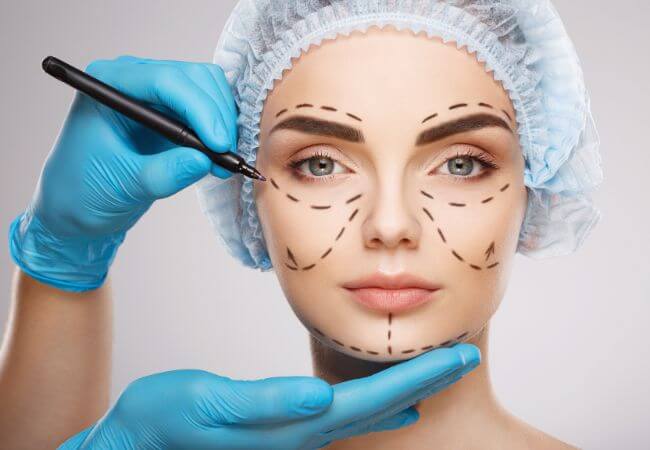
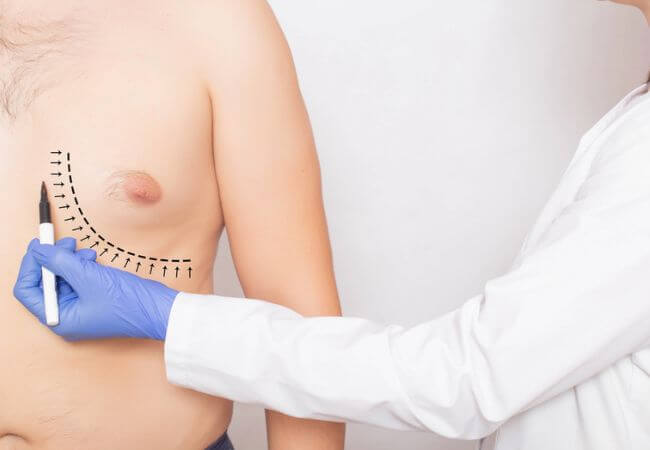
A minimally invasive procedure that removes excess fat from the chest area, providing a flatter, more contoured chest. Ideal for cases where excess fat is the primary cause of gynecomastia.
Used when glandular breast tissue or excess skin needs to be removed. This is common in more severe cases, providing a permanent solution for reducing the size and shape of the chest.
A comprehensive approach that combines fat removal with the excision of glandular tissue and skin. This is ideal for men with both fat and tissue enlargement, ensuring optimal results and a natural contour.
A full chest reshaping procedure to remove excess breast tissue, fat, and sometimes skin. This surgery significantly improves chest appearance and boosts confidence by achieving a more masculine contour.
A minimally invasive option that uses tiny incisions to access and remove glandular tissue or fat. Endoscopic techniques ensure faster recovery with minimal scarring.
Performed to correct unsatisfactory results from previous surgeries or address recurring gynecomastia. This procedure aims to improve the overall contour and restore a natural chest appearance.
A technique that uses ultrasound waves to break down fat before removal, making liposuction more effective in treating gynecomastia. It’s ideal for more challenging cases with fibrous tissue.
This is the standard form of liposuction where a cannula (thin tube) is inserted through small incisions to remove excess fat from targeted areas. It is effective for removing stubborn fat deposits in the abdomen, thighs, hips, and more.
This method uses ultrasound energy to liquefy fat cells, making them easier to remove. UAL is ideal for denser areas of fat and offers smoother results, especially for fibrous areas like the upper back.
A minimally invasive technique that uses laser energy to melt fat before removal, making the procedure less invasive and promoting skin tightening. It’s ideal for smaller areas like the chin, neck, and arms.
Uses a vibrating cannula to break up fat cells for easier extraction. This technique is faster and more precise, allowing for greater fat removal with less trauma to surrounding tissues.
This technique sculpts the body by removing fat in a way that enhances muscle definition. It is often used in the abdominal area to create a more athletic, contoured look by emphasizing natural musculature.
A surgical procedure that removes excess skin and fat from the abdomen, while also tightening the abdominal muscles. It’s ideal for patients with loose skin after significant weight loss or pregnancy.
A less invasive version of a traditional tummy tuck, focusing on the lower abdomen below the belly button. It’s suitable for individuals with a small amount of excess skin or fat and less muscle laxity.
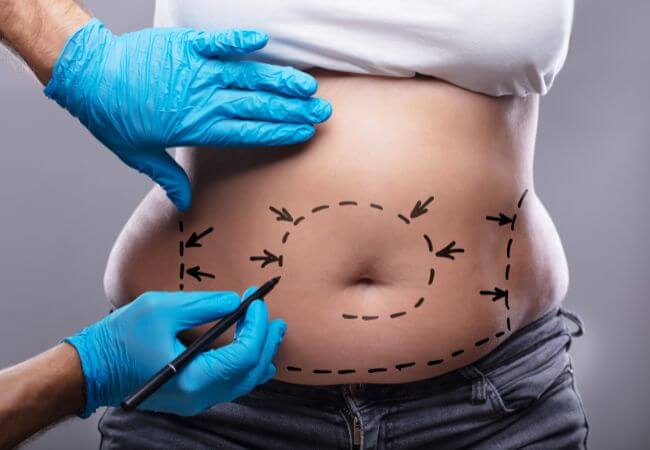
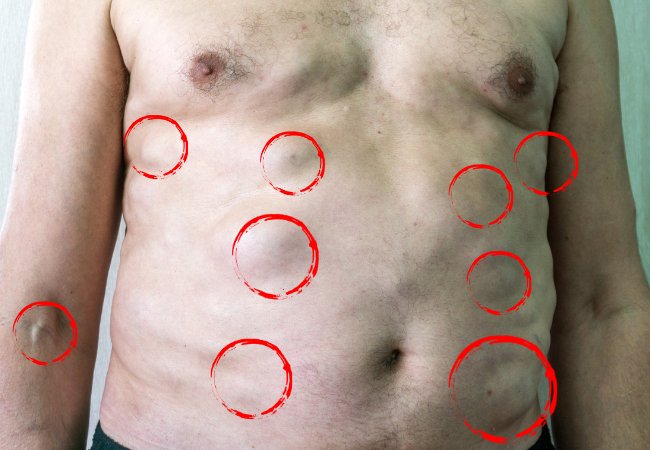
Standard procedure involving small incisions over each lipoma to remove the fatty tissue. Effective for large or deep lipomas, offering complete removal.
A less invasive technique that uses smaller incisions to minimize scarring, ideal for smaller lipomas or those in visible areas.
Uses a punch biopsy tool to remove smaller lipomas with minimal scarring. This is often used for multiple small lipomas in less accessible areas.
A minimally invasive approach using an endoscope and camera to remove lipomas through small incisions. Ideal for hard-to-reach areas and minimizes visible scarring.
Involves using liposuction techniques to remove the fatty tissue from multiple lipomas. This is effective for larger, softer lipomas and reduces scarring.
Similar to liposuction, this method uses a cannula to suction out fatty tissue from lipomas, especially when dealing with multiple lipomas in the same area.
Utilizes laser technology to break down the fatty tissue before excision. This is a minimally invasive option that reduces recovery time and scarring.
Involves removing a strip of scalp from the donor area and transplanting the individual follicular units into the balding areas.
A minimally invasive technique where individual hair follicles are extracted from the donor area and implanted in the recipient site.
A refined version of FUE, where hair follicles are directly implanted without creating recipient holes, ensuring precise placement.
Uses advanced robotics to assist in the extraction and placement of hair follicles, enhancing precision and reducing manual error.
A procedure where bald areas of the scalp are surgically removed, and the remaining hair-bearing skin is stretched to cover the bald spots.
Involves using hair from other parts of the body (like chest or beard) to transplant onto the scalp when scalp hair is insufficient.
While not a transplant, this procedure complements hair restoration by injecting platelets into the scalp to stimulate hair growth and improve results.
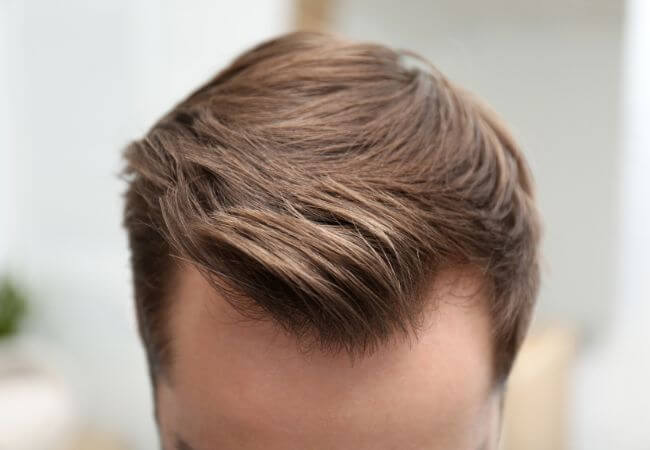

Removes breast tissue to create a more masculine chest contour for transgender men.
Involves the use of implants or fat grafting to enhance breast size and shape for transgender women.
A complex procedure that constructs a penis using tissue from other parts of the body, typically performed for transgender men.
A genital reconstruction surgery for transgender men that involves enlarging the clitoris to create a penis-like structure.
Involves the construction of a vagina using penile and scrotal tissue, typically performed for transgender women.
A series of procedures to soften facial features, including jaw contouring, brow lift, and rhinoplasty, for a more traditionally feminine appearance.
Procedures that alter the pitch and resonance of the voice, helping transgender individuals align their voice with their gender identity.
Really thankfull to Dr pradeepa and Dr waseem , took care very well..... The wards are well maintained and staffs tc very well
My mama iqbal pasha got admitted under Dr wasim and Dr Amina both doctors are well explained about diagnosis .we are very happy from q medical Hospital.all staff very kind and I will recommend to everyone
My husband iqbal pasha got admitted in q hospital all staff are good dr wasim sir is excellent surgeon well explained about the problem I will recommend to everyone.
I Heartfully appreciate to Dr Wasim that I Sibi John had undergone the surgery MGB (Bariatric ). Dr Wasim is a great Dr Amazing treatment from the all the Dr, wonderfull hard working nursing staff Good coordination from the front office people.Hospital care is excellent am very thankful to All the Doctors ,nursing staff , Front office and house keeping . I recommend to everyone to this hospital.
My sister in law was admitted for 24 hours, the doctors and staff of the hospital
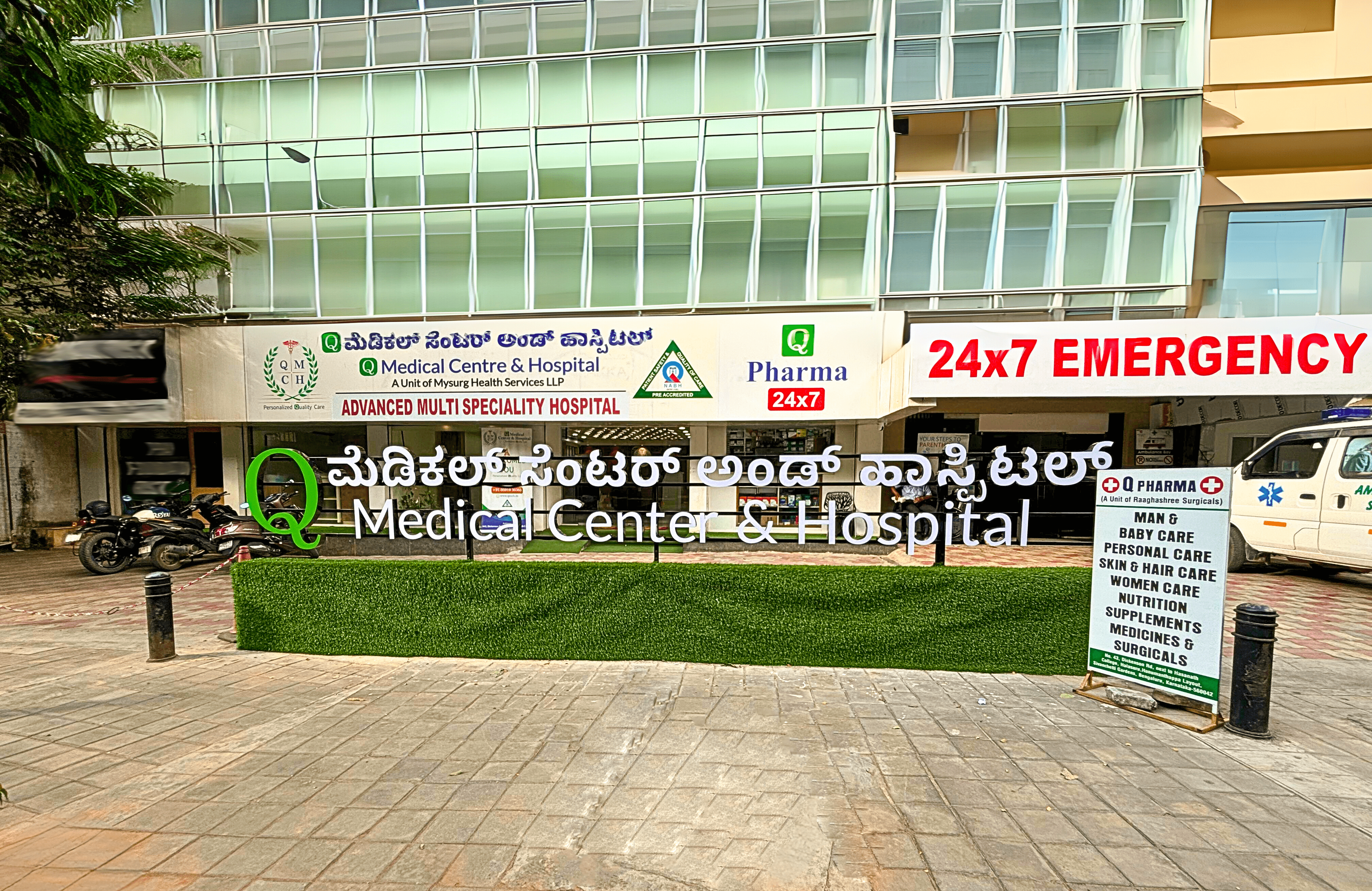
©2025 Q Medical Center and Hospital. All Rights Reserved.
Website Designed & Maintained By
HappiMed
Typically replies within an hour
Currently we are offline to receive your call. However you can WhatsApp us and we will get back to you soon.
Hello! 👋
How can I help you?